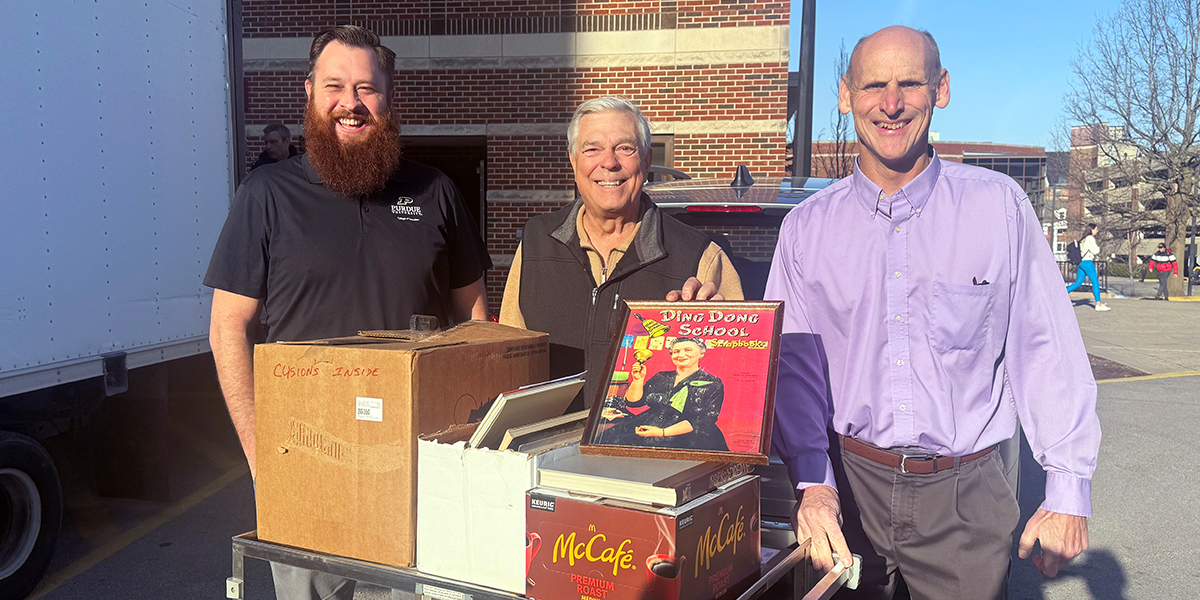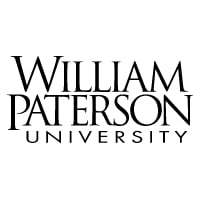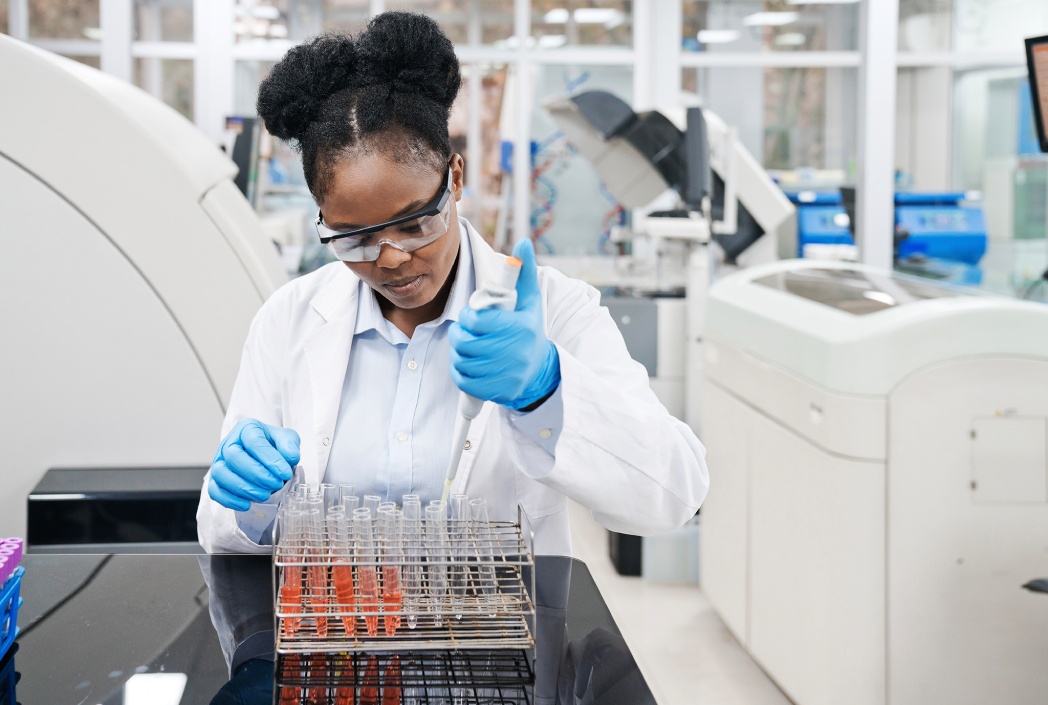Student Team, Lunar Pathfinders, Advance to Finals in NASA Challenge
The Lunar Pathfinders, the University’s student team, have successfully secured their spot in the final rounds of NASA’s Lunar Autonomy Challenge (LAC).

By Noelle Hartt
Staff Writer
The Lunar Pathfinders, the University’s student team, have successfully secured their spot in the final rounds of NASA’s Lunar Autonomy Challenge (LAC).
The competition was fierce, knocking out competitors from prestigious institutions, including Harvard, Penn State, and Embry Riddle Aeronautical University.
The Lunar Pathfinders prevailed, thanks to their commitment to collaboration and undeniable grit, says Terry Trevino, the team’s faculty advisor. He credits the team for demonstrating perseverance in the face of adversity. “It’s teamwork, without a doubt,” he says.
For this initial qualifying round, each student team developed proprietary code to operate a virtual lunar robot that measures elevation and maps the surface of the moon.
[Read more about the first round of NASA challenge and the University’s student team.]
How the Lunar Pathfinders Beat the Competition
Trevino, who has been with the Lunar Pathfinders since the team’s inception, describes some of the obstacles that the team has overcome since starting the Challenge.
“At every turn, if it’s not the operating environment, it’s mechanical, GPU power – the slightest of errors in code that has to be traced. It’s incredibly tedious, and the code blocks have become very long!” he says.
For the next round, student teams will apply what they’ve learned thus far to navigate and map an even larger area of the simulated lunar environment.
“It’s exponentially more complicated than it was last week!” says Trevino, who is also a University space studies alumnus prior to becoming an adjunct professor in the space studies program.
The next knockout round will eliminate five more teams before the last round of cuts reveals the first-, second-, and third-place winners.
What to Expect in the Final Rounds
The first round involved mapping an 81-square-meter zone within a one-hour mission time. As the Challenge Documentation explains, mission time “refers to the virtual mission time modelled within the simulators.” In contrast, compute time is “the real-world time that passes during the execution and computation of the simulation.”
Now, remaining teams will program the battery-powered robot to map a 729-square-meter region within a 24-hour mission time. “The robot must do its work, complete its task list, then make it back to the charging station in that 24-hour period,” explains Trevino.
“The mission planners are asking that we give them the same one day to run the code. The biggest challenge is now energy management, motion around stones in the test field, and ultimately programming the robot to auto return and begin charging. All that movement is energy-intense, as the rover operates a set of sophisticated cameras, lidar (a type of radar) and lighting, and our team must account for that draw down in power.”
“Right now, it feels impossible, but these students have no idea how to spell the word quit. The only choice is to succeed, and they will push their way to the end. Hopefully, they will experience a victory, and at the minimum, it feels like a big win already.”
Who Are the Student Members of the Lunar Pathfinders?
According to Challenge requirements, each team must have at least four students who may consult faculty advisors, but must perform all the work themselves. Our team includes both undergraduate- and graduate-level students:
- Alena Gavrilenko, a master’s in space studies student
- Christy BoneFont, a master’s in space studies student
- Addison Thompson, a bachelor’s in data science student
- Daryl Washington, a bachelor’s in data science student
- Felicia Owens, an information systems security alumna
Who Are the Other Finalists in NASA’s Lunar Autonomy Challenge?
At the start of the competition, there were 31 total teams representing more than 20 universities. Now, the Lunar Pathfinders are up against nine other finalists as the LAC draws to a close:
- Arizona State University’s Lunar Explorers
- California Polytechnic Institute, Pomona’s Stellar Sparks
- California State University, Stanislaus’s CARLA – CSU Stanislaus
- Carnegie Mellon University’s Moonlight
- Johns Hopkins University Whiting School of Engineering’s LunatiX
- Massachusetts Institute of Technology’s MAPLE
- Rose Hulman Institute of Technology’s Rose Hulman Institute of Technology LAC
- Stanford University’s NAV Lab
- West Virginia University’s AIWVU
Interested in Learning More About Our Space Studies Department?
A proud leader in online space education, the University offers degree programs at the associate, bachelor’s, and master’s levels. APUS is also home to numerous space-related student organizations and other research groups.
What's Your Reaction?


























